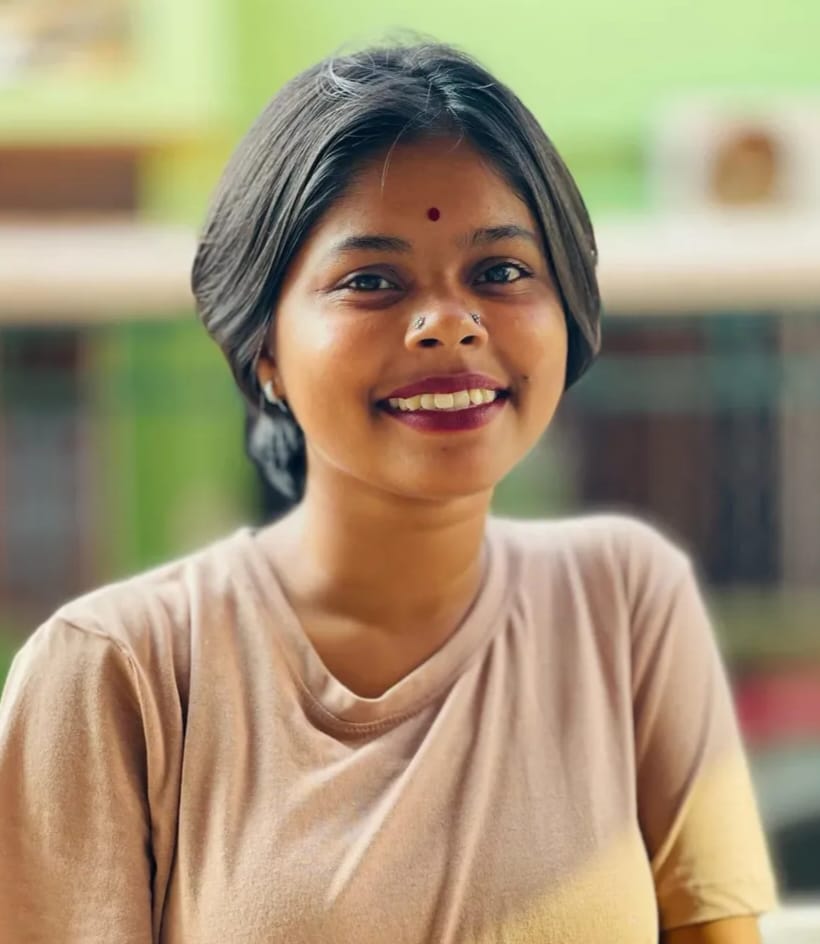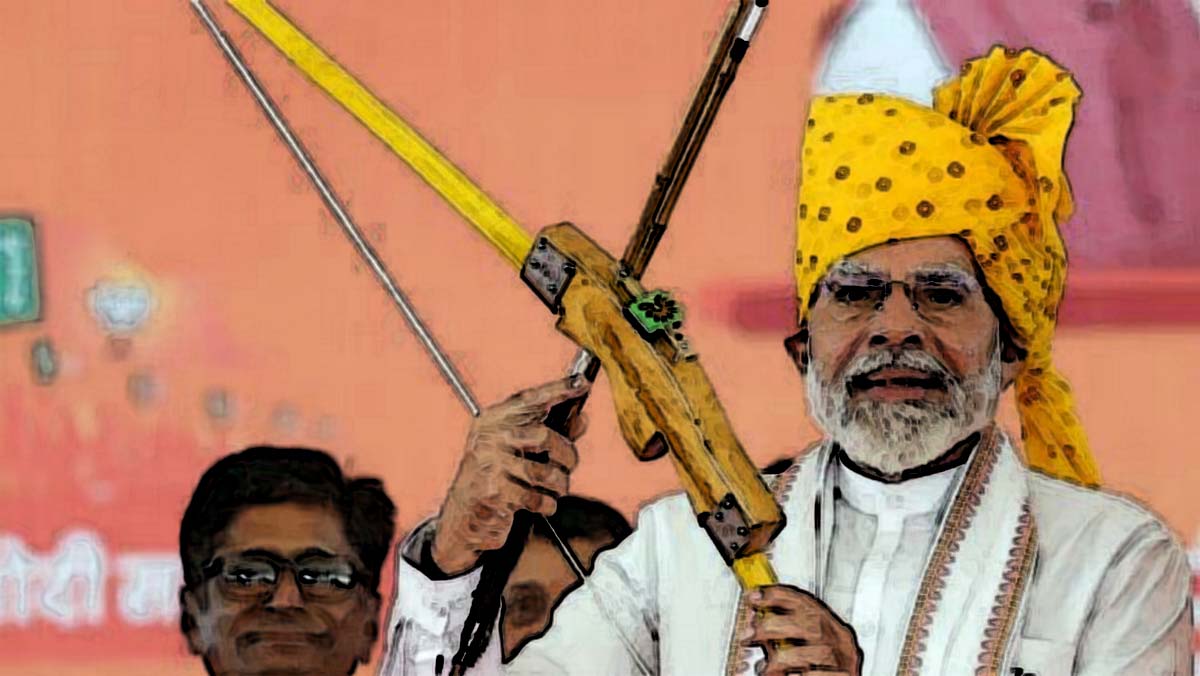
The Age of Modi: Power, Paranoia and the Politics of Decline
Sharmina examines how Narendra Modi’s eleven-year rule has transformed India’s political and social landscape. Using the debate over the RSS-imposed age limit as a starting point, the article explores Modi’s consolidation of power, the erosion of democratic institutions, and the deepening of communal divisions under a Hindutva-driven agenda. It traces rising hate crimes, state-sponsored violence, and corporate favoritism as symptoms of a larger decline in constitutional values, press freedom, and social justice.
8 Minutes Read
As the unwritten RSS rule prescribing 75 as the upper age limit for active political engagement quietly lingers in the background, Prime Minister Narendra Modi crossed that threshold on September 17. The BJP’s approach to Modi’s milestone birthday is expected to be cautious, a move that could shape not just the party’s future but the very trajectory of Indian politics. At the Bhagidari Nyaya Sammelan held on July 25, 2025 the Congress President Mallikarjun Kharge raised doubts about the Prime Minister’s retirement, which are significant in the Indian political arena.
It was, after all, Modi who had once invoked the same age limit to edge out senior RSS figures older than himself. L.K. Advani and B.C. Khanduri was denied a Lok Sabha ticket under the pretext of this rule. Similar moves may have been anticipated from the party, as seen in 2019 when senior leaders like Kalraj Mishra and Bhagat Singh Ghosh refrained from contesting. During a book launch event in Nagpur by RSS thinker Moropant Pingale, Mohan Bhagwat stated that a political worker reaching 75 years is nature’s signal to step aside for the younger generation. A month later, on August 28, 2025, Bhagwat retracted his controversial statement, clarifying to the media that he never advocated for retirement at a fixed age. To validate this argument, the BJP had formed a Margdarshak Mandal, including senior leaders who had retired due to age limits.
Home Minister Amit Shah, meanwhile, sought to quell the speculation in 2023, stating categorically that “there is no such policy in the BJP’s constitution. Modi ji will remain in power until 2029. The INDIA bloc cannot win by spreading baseless rumours.”
Congress President Kharge’s position stands in stark contrast to the BJP’s. In 1977, Morarji Desai became India’s Prime Minister at 81. Kharge asserted that any political worker with faith in their politics and a desire to serve the country should work until their last breath and awaken the people. He made these remarks during the launch of journalist Rashid Kidwai’s memoir, “Five Decades in Politics,” which chronicles senior Congress leader Shinde’s career.
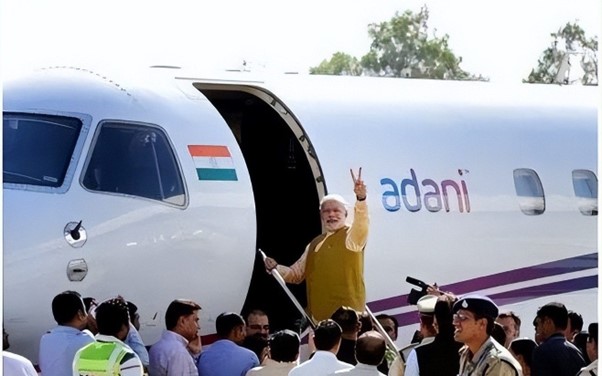
Modi’s eleven years in power, however, present a more troubling picture. What began as an era of high promises has, critics argue, devolved into a heap of unfulfilled commitments, deceit, and outdated ideology. Instead of preserving the country’s diversity, Modi has attempted to spread Brahmanical-Hindutva agenda that deepens social fault lines. His political project appears less about nation building and more about power preservation.
According to a Human Rights Watch report, Modi made more than 173 speeches spreading hatred against minorities, including Muslims and Dalits, during the 2024 election campaign. The number of hate speeches targeting minorities, including Muslims in India, rose from 668 to 1,165 in 2024. During the last Lok Sabha election period alone, the BJP was responsible for 373 hate speeches. Among these, 67 speeches, or 5.7% of the total, were personally delivered by Modi. Alongside Modi, BJP leaders like Yogi Adityanath (86) and Amit Shah (58) ranked among the top 10 leaders giving the most hate speeches. Rather than creating a safe environment for minorities, including Muslims in the country, these speeches have fueled unprecedented hostility. In the first year of Modi’s third administration, 947 hate crimes were recorded, including 345 speeches, of which 178 speeches were made by BJP leaders themselves. In the first half of 2023, 80% of the 255 hate speech meetings took place in BJP-ruled states. Unsurprisingly, such rhetoric has sparked waves of communal violence.
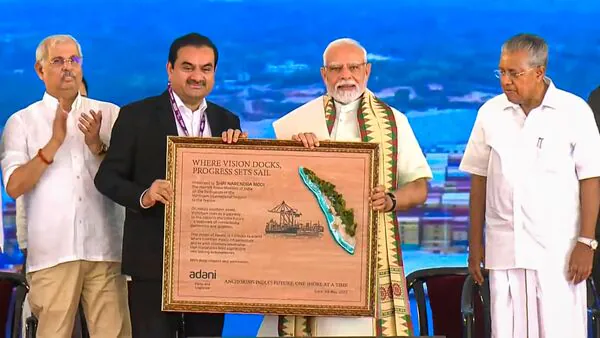
The bulldozer, once a symbol of development has become a weapon of destruction against Dalit and Muslim homes. The attack using bulldozers against them has reached its peak during Modi’s tenure. Muslims are the primary victims, accounting for 44% of the total attacks. Following that, Scheduled Tribes/Adivasis (23%), other backward classes (17%), and Scheduled Castes (5%) have faced attacks. As a result, 153,820 houses were destroyed, and 738,438 people were rendered homeless.
Mob lynchings by self-styled “cow protectors” targeting Muslims and Dalits have also surged, with Amnesty International and other human rights groups documenting dozens of such killings. The so-called cow protection laws have only emboldened vigilante violence.
The revocation of Jammu and Kashmir’s special status in 2019 further eroded constitutional values, a move widely seen as an act of political colonization and demographic re-engineering. The 2020 farmers’ protests against three agricultural laws passed by Parliament in 2020 were a reflection of the government’s anti-farmer policies. The Citizenship Amendment Act targeted Muslims in the guise of national security.
In the subsequent Delhi riots, most casualties were Muslim community. However, among those arrested, the majority were from the same marginalized community. In Modi’s India, belonging to a particular faith has come to mean living with equal risk of attack and arrest. Most deaths under his rule have resulted from police shootings, mob violence, or custodial brutality — a grim testament to a democracy turning on its own people.

Most deaths during Modi’s era have stemmed from shootings, stabbings, mob lynchings, and police brutality. The collapse of internal security in Manipur and the glaring failures of law enforcement stand out as dark emblems of his tenure. He visited the riot victims in Manipur having made 47 foreign trips and more than 350 state trips and by the time riots had ravaged the state and survivors were left to their fate. The sexual assault in Hathras in 2020 is a direct testimony to the caste atrocities suffered by Dalits and the blind eye to justice. India ranks 159 (2024) and 151 (2025) out of 180 countries in the RSF’s World Press Freedom Index. RSF reports a surge in political and financial pressure on the media, along with increasing harassment and arrests of journalists. The government has imposed fines, orchestrated takeovers of independent outlets, and weaponized defamation and sedition laws. The ongoing cases against The Wire’s editor Siddharth Varadarajan and senior journalist Karan Thapar are among the most visible examples of this crackdown.
Behind Modi’s nationalist rhetoric lies a deeply exploitative corporate regime. Labor law amendments, agricultural bills, privatization of public sector enterprises, corporate tax cuts, and the National Education Policy 2020 are among the many corporate-friendly policies Modi has implemented in recent years, all skewed to serve private capital. Although Modi came to power promising to seize black money, apart from demonetizing high-value Rama notes overnight and inconveniencing people, nothing else happened. RBI data shows that 99% of the demonetized notes returned. Meanwhile, revelations of Indian names in the Panama Papers and Swiss bank leaks have been met with studied silence.
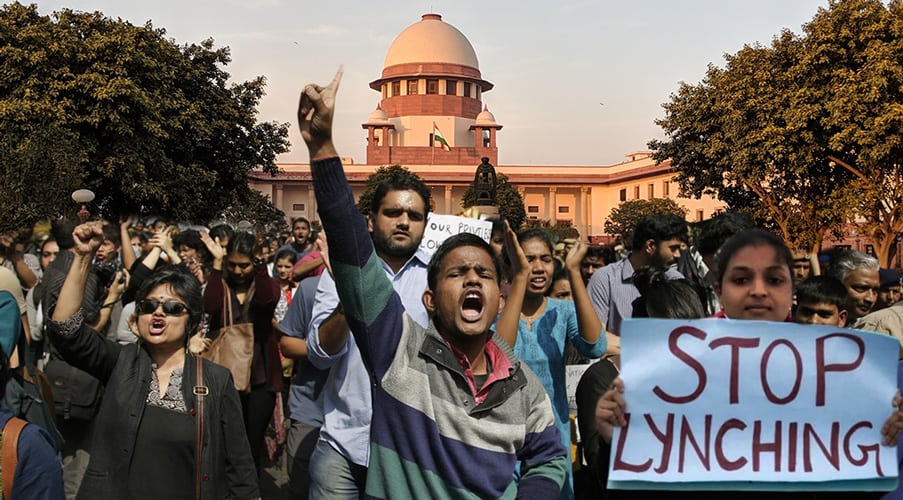
Equally alarming is the state-sponsored violence against Adivasis in central India under the guise of Operation Kagar, a military style campaign aimed at clearing resource-rich tribal lands for corporate takeover. Modi-Shah governments are showing great haste to hand over mineral-rich tribal lands to private companies and corporations. Operation Kagar aims to eliminate those who oppose this and to silence local struggles. The state BJP government has allotted 1800 acres of land to start Adani’s cement factory in Assam. The Assam High Court’s shock over whether an entire district was written off for Adani is also the shock of the common people during Modi’s administration. The regime is exploiting all institutions of law, courts, ED, police, and other governance bodies to push an extreme right-wing agenda.
Without any diplomatic strategy or approach in handling foreign relations, Modi has been able to transform the situation in a way that affects the entire population. The tariffs imposed by America on goods will impact the entire economic sector. This tariff issue is pushing India towards the collapse of an imperialist dependent economic system. Decades of neoliberal surrender have left India’s economy heavily dependent on foreign capital, and under Modi, that dependency has only deepened. Beyond photo shoots, the opposition’s question about what diplomacy Modi conducted with foreign countries is relevant. The decline in shrimp, textile, cashew, and diamond trade due to American tariff issues strengthens these opposition arguments.
Despite Modi’s personal vulnerabilities, his political maneuvers have subjugated the people. For the Sangh Parivar, it is to satisfy the desires of a society living with the psyche of a semi-feudal, semi-colonial structure. Exploiting multiple aspects including religion, caste, color, and gender, the Sangh Parivar has achieved and continues to achieve political success. The Hindutva agenda has thrived by feeding on fear, polarization, and imagined pride. Under its banner, hatred has been institutionalized, dissent criminalized, and inequality normalized.
The opposition’s charge that the Prime Minister avoids scrutiny and manipulates electoral sentiment through spectacle and propaganda resonates widely with the public. For the common people, daily life is growing increasingly precarious, marked by joblessness, price rises, and repression. Beyond Modi’s age, what India urgently needs is not another leader cast in the same mould but a democratic system rooted in justice, equality, and stability.
